Market Share
Introduction: Navigating Competitive Dynamics in the Feed Antioxidants Market
The Feed Antioxidants Market is experiencing a transformative phase driven by rapid technological advancements, evolving regulatory landscapes, and heightened consumer expectations for sustainable and health-oriented livestock products. Key players, including established manufacturers, innovative startups, and ingredient suppliers, are vying for market leadership through differentiated offerings that leverage AI-based analytics, automation, and IoT integration. Major manufacturers are focusing on enhancing product efficacy and safety, while emerging players are disrupting traditional models with novel formulations and green infrastructure initiatives. As the demand for high-quality animal feed intensifies, regional growth opportunities are particularly pronounced in Asia-Pacific and North America, where strategic deployment of advanced antioxidant solutions is set to reshape competitive positioning. Companies that effectively harness these technology-driven differentiators will not only enhance their market share but also align with the broader trends of sustainability and consumer health consciousness in the coming years.
Competitive Positioning
Full-Suite Integrators
These vendors offer comprehensive solutions across the feed antioxidants spectrum, integrating various technologies and services.
| Vendor | Competitive Edge | Solution Focus | Regional Focus |
|---|---|---|---|
| Cargill | Diverse product portfolio and global reach | Animal nutrition and health | Global |
| Archer Daniels Midland | Strong supply chain and ingredient sourcing | Feed ingredients and additives | North America, Europe |
| Alltech | Innovative nutritional solutions | Animal health and nutrition | Global |
Specialized Technology Vendors
These companies focus on specific technologies or solutions within the feed antioxidants market, providing targeted innovations.
| Vendor | Competitive Edge | Solution Focus | Regional Focus |
|---|---|---|---|
| Novus International | Research-driven product development | Nutritional products for livestock | Global |
| Royal DSM | Strong emphasis on sustainability | Vitamins and feed additives | Global |
| Kemin Industries | Focus on health and performance | Nutritional and health solutions | Global |
| BASF | Extensive research and development capabilities | Feed additives and antioxidants | Global |
| Evonik Industries | Innovative product formulations | Amino acids and feed additives | Global |
Infrastructure & Equipment Providers
These vendors supply the necessary infrastructure and equipment to support the production and application of feed antioxidants.
| Vendor | Competitive Edge | Solution Focus | Regional Focus |
|---|---|---|---|
| CHR Hansen | Expertise in microbial solutions | Natural feed additives | Global |
| Phibro Animal Health | Broad range of animal health products | Nutritional and health solutions | Global |
| Specialty Enzymes and Probiotics | Focus on enzyme and probiotic solutions | Feed enzymes and probiotics | North America |
| Nutraceutical International Corporation | Specialization in natural ingredients | Nutritional supplements | North America |
| SABIC | Strong chemical manufacturing capabilities | Feed additives and ingredients | Global |
| Kraft Foods | Established brand presence | Food and feed products | North America |
Emerging Players & Regional Champions
- NutraBlend (USA): Specializes in natural feed antioxidants derived from plant extracts, recently secured a contract with a major poultry producer to enhance feed stability, challenging established vendors by offering more sustainable and organic options.
- Kemin Industries (Global): Offers a range of synthetic and natural antioxidants, recently expanded its product line to include innovative formulations targeting aquaculture, complementing established players by providing tailored solutions for niche markets.
- BASF (Germany): Focuses on synthetic antioxidants with a strong emphasis on research and development, recently launched a new product aimed at improving shelf life in feed, challenging traditional players by leveraging advanced technology and scientific backing.
- Adisseo (France): Known for its proprietary antioxidant blends, recently partnered with a leading livestock feed manufacturer to enhance product efficacy, complementing established vendors by providing customized solutions that address specific regional needs.
- Alltech (Global): Offers a unique range of natural antioxidants and has recently implemented a new technology for real-time monitoring of feed quality, challenging established vendors by integrating digital solutions into traditional feed antioxidant offerings.
Regional Trends: In 2024, there is a notable trend towards the adoption of natural and organic feed antioxidants, particularly in North America and Europe, driven by consumer demand for cleaner labels and sustainable practices. Additionally, the Asia-Pacific region is witnessing a surge in aquaculture-related antioxidant solutions, reflecting the growing importance of this sector. Technology specialization is increasingly focused on integrating digital monitoring and data analytics to enhance feed quality and efficacy.
Collaborations & M&A Movements
- BASF and Kemin Industries entered into a partnership to develop innovative feed antioxidant solutions aimed at improving animal health and performance, thereby enhancing their competitive positioning in the feed additives market.
- Nutreco acquired the feed antioxidant division of Adisseo in early 2024 to strengthen its product portfolio and market share in the global feed additives sector, responding to increasing demand for sustainable animal nutrition.
- Cargill and DSM collaborated to create a new line of natural feed antioxidants, focusing on sustainability and regulatory compliance, which positions them favorably against competitors in the growing market for eco-friendly animal feed solutions.
Competitive Summary Table
| Capability | Leading Players | Remarks |
|---|---|---|
| Natural Antioxidant Sources | Kemin Industries, BASF, Nutreco | Kemin Industries has successfully implemented a range of natural antioxidants derived from rosemary and tocopherols, enhancing product appeal in the feed market. BASF's commitment to sustainability is evident in their development of plant-based antioxidants, which have seen increased adoption among livestock producers. Nutreco's focus on innovative formulations has led to unique blends that improve feed stability and animal health. |
| Regulatory Compliance | Cargill, ADM, Alltech | Cargill has established a robust compliance framework that aligns with global feed safety standards, ensuring their products meet stringent regulations. ADM's proactive approach in engaging with regulatory bodies has positioned them as a trusted partner in the feed industry. Alltech's transparency in sourcing and production processes has strengthened their reputation for compliance and quality assurance. |
| Research and Development | Evonik Industries, DSM, Novus International | Evonik Industries invests heavily in R&D, focusing on innovative antioxidant solutions that enhance feed efficiency. DSM's cutting-edge research has led to the development of proprietary antioxidant blends that improve shelf life and nutritional value. Novus International's collaborative research initiatives with universities have resulted in breakthrough products that address specific animal health challenges. |
| Sustainability Practices | BASF, Kemin Industries, Nutreco | BASF's sustainability initiatives include reducing carbon footprints in production processes, which resonate well with eco-conscious consumers. Kemin Industries emphasizes sustainable sourcing of raw materials, showcasing their commitment to environmental stewardship. Nutreco's focus on circular economy principles in their operations has garnered positive attention from stakeholders. |
| Product Customization | Cargill, Alltech, Nutreco | Cargill offers tailored antioxidant solutions that cater to specific livestock needs, enhancing customer satisfaction. Alltech's ability to customize formulations based on regional requirements has made them a preferred choice among feed manufacturers. Nutreco's flexible production capabilities allow for rapid adjustments to product lines, meeting diverse market demands effectively. |
Conclusion: Navigating the Feed Antioxidants Landscape
The Feed Antioxidants Market in 2024 is characterized by intense competitive dynamics and significant fragmentation, with both legacy and emerging players vying for market share. Regional trends indicate a growing demand for innovative solutions, particularly in North America and Europe, where sustainability and regulatory compliance are paramount. Vendors are strategically positioning themselves by leveraging advanced capabilities such as AI for predictive analytics, automation for efficient production, and flexibility in product offerings to meet diverse customer needs. As the market evolves, those who prioritize sustainability and demonstrate agility in their operations will likely emerge as leaders, shaping the future landscape of feed antioxidants.

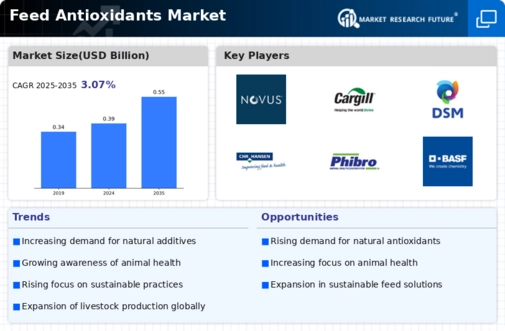
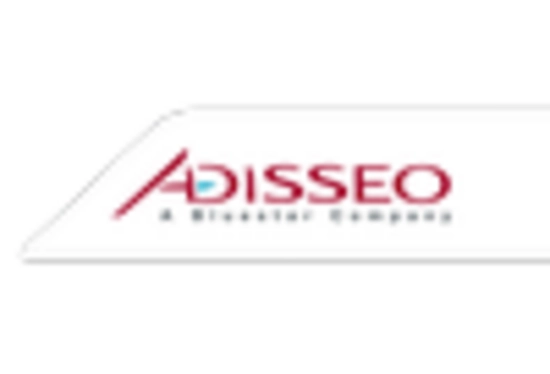
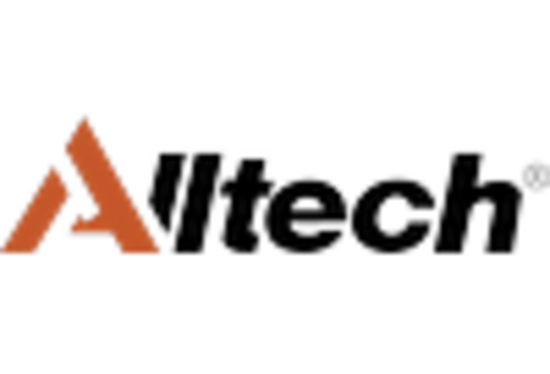

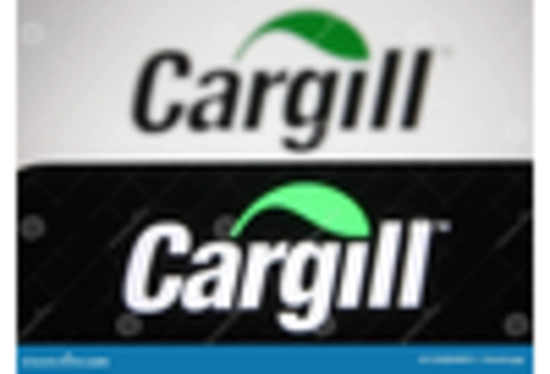
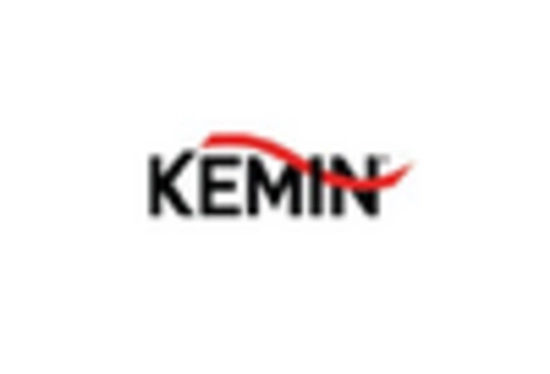
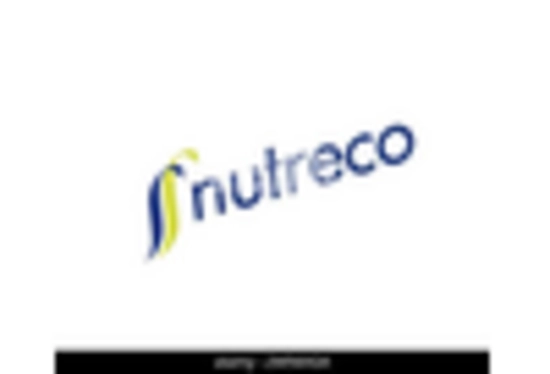

Leave a Comment